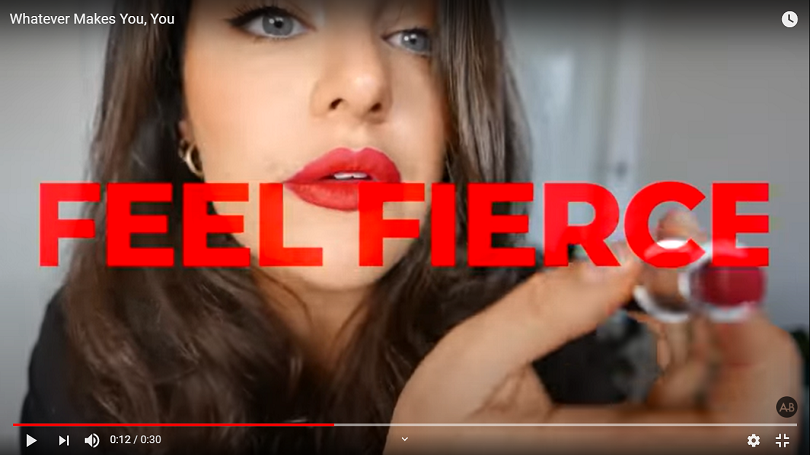Back to the future: The rise of TV


During lockdown, we’ve seen a surge of TV advertising by online retailers. The ones that ran on free-to-air television (that I’m aware of ) include Adore Beauty, Kogan, Pet Circle, Style Runner, Temple & Webster, and The Iconic. I would struggle to come up with a list that long from the last five years combined.
Most online retailers have boomed during lockdown, many seeing revenues double almost overnight. With their coffers suddenly fuller than they’ve ever been, the next question is: how do we capitalise on this? With so many people shopping online for the first time, the spotlight shines on the CMO: the sun is shining, make us some hay.
But why TV?
Traditionally, pureplays leaned heavily towards performance media – mostly Google and Facebook – as their acquisition tools. Almost every pureplay I’ve looked at spends 90+ per cent of their budget on digital.
But these channels only reach a certain group of people. I recently did a brand awareness study for a large online retailer. Despite having spent many millions on digital over quite a few years, less than half their demographic even knew they existed. It’s unlikely they’ll reach that other half by spending yet more on bottom of funnel Google and Facebook ads.
TV is one way of reaching people who don’t use online the way we do, or just simply reaching new people during this unique period.
There’s a bonus that with many traditional advertisers pulling their campaigns during lockdown, rates are the lowest they’ve been in years.
The downside to TV (and most top funnel branding channels) is measurement is harder than Google Ads, and the payoff is over a longer time. Digital is great but it’s also made us lazy.
Digital marketers have made themselves vending machines operated by the CFO: insert $1, get $8 back within 30 days.
I recently chatted with a friend at a PR agency. A client asked them to run a PR campaign to a fixed cost per acquisition, treating it like Google Ads. This is a very lazy marketer who wants to avoid the complexity of nurturing people and measuring top funnel. PR is (for most companies) a great channel, but CPA is not the way to measure PR.
Marketing should absolutely be accountable to spend budgets wisely. But part of that is communicating a brand clearly, positioning themselves, making them distinct from their competitors, and other marketing fundamentals, not simply squeezing every last penny out of Google (as important as that is). Studies clearly show that a well recognised brand tends to have a higher click through rate on Google.
Small and medium size companies are often living hand to mouth, and that’s ok. For the smaller companies I work with, I typically advise a smallish brand investment (never none though).
But as a company gets larger – and growth gets harder – they need to diversify. There’s only, for example, a finite number of people searching for “pizza maker” on Google. For Kogan to grow, their brand challenge is to have people think “why don’t I check Kogan” the second they think of buying a pizza maker. That’s a real brand marketing challenge.
I can’t think of any billion-dollar B2C companies that haven’t invested heavily in brand. Imagine if Coke’s primary marketing metric was a highly measurable cost per bottle sold. We would see a very different (and less successful) company.
It’ll be curious to see how many of these companies will continue TV advertising after this crazy pressure cooker of lockdown is over.
Mark Baartse was the former CMO of Showpo and now is a marketing and e-commerce consultant.
Comment Manually
You must be logged in to post a comment.

No comments